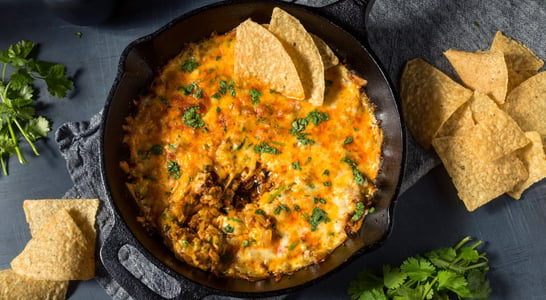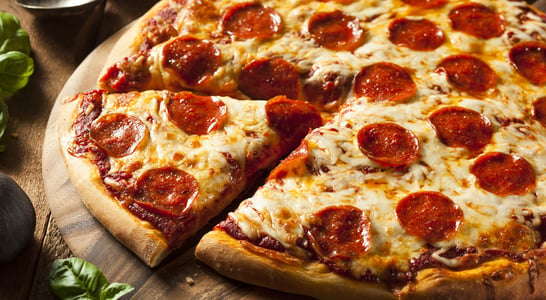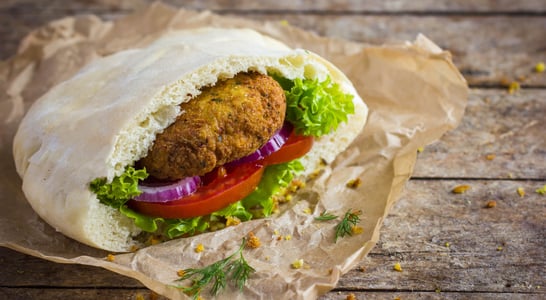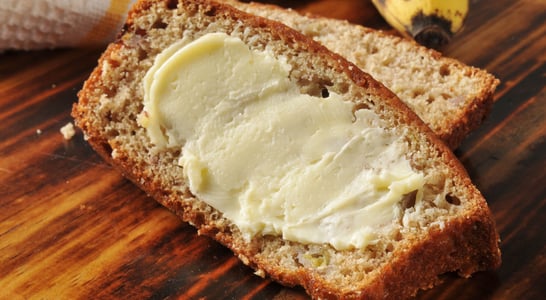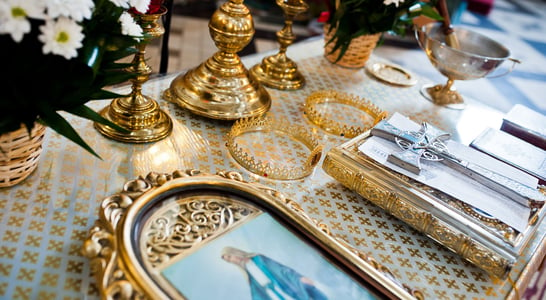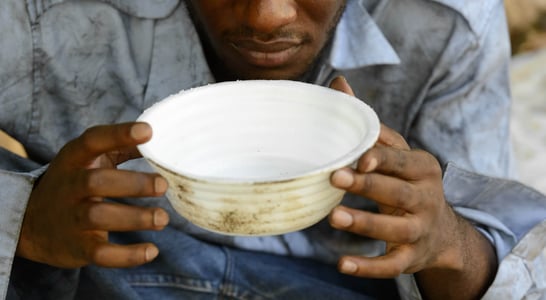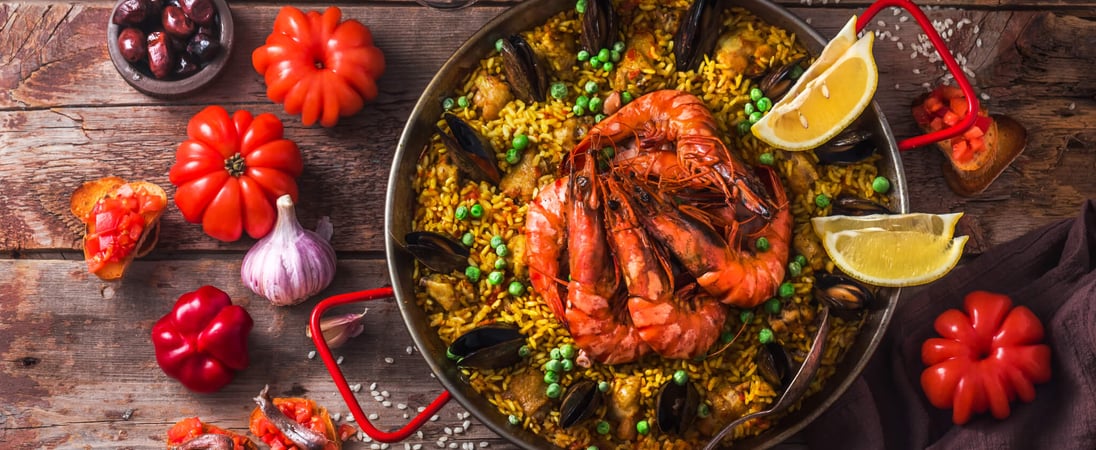
World Paella Day
A delightful Spanish dish, blending saffron-infused rice with a tantalizing mix of seafood, meat, and vegetables.
Enjoy a cozy warm dish of saffron rice complemented by ripe peppers, juicy tomatoes and an array of other tasty ingredients.
World Paella Day is an ideal opportunity for those taste buds to soak up some deliciousness through this trademark of traditional Spanish cuisine.
How to Celebrate World Paella Day
Looking for ideas on how to spend World Paella Day? Consider some of these activities and ideas for getting involved:
Master the Art of Making Paella
More than just throwing ingredients into a pan, to truly embrace paella it is important to see making it as a form of art!
Not only is paella a dish that has amazing flavor combinations, but it is also a thing of beauty for the eyes. Made with colorful ingredients, this dish is inspired by the hues of the Spanish flag: red peppers, red tomatoes and yellow saffron rice.
Head to Valencia for World Paella Day
No other place on earth could be quite as authentic to celebrate World Paella Day than heading over to the city of its origins, Valencia.
Situated on the eastern side of the Mediterranean Sea, this beautiful location is the ideal background for enjoying a heaping dish filled with authentic and delicious paella.
During this event and the days surrounding it, residents of Valencia will be preparing to welcome visitors from all around the globe, so this would be a great time to join in on the fun!
Attend World Paella Day Events
Those culinary fans who can’t make it to Europe for this event don’t need to despair! Because this is a worldwide event, participants can attend World Paella Day activities in many different cities each year.
Past cities have included New York, Tokyo, Stockholm, Miami, Abu Dhabi, Peking, Bombay and more. Check out the World Paella Day website for more information about official competitions and other activities.
History of World Paella Day
Paella is a tasty Spanish dish with a background that can be traced back at least to the 18th century, originating in the area around Valencia.
The story goes that this most universal dish from Spanish culture was likely made by farmers who simply made a lunch out of the food they happened to have in their hands: rice, tomatoes, onions, and even snails!
Other ingredients were added as they were accessible, including beans, and the meals were cooked over an open fire.
Iterations of paella have evolved over time, spreading throughout the world with the diaspora of Spanish people. When the mid-20th century brought a boost of tourism to Spain, paella became a dish synonymous with the culture there.
Sometimes called the International Day of Paella, this event was founded by a group of folks in Valencia, Spain, eager to share their love of this native dish with the world.
The inaugural World Paella Day dates back to 2018 and, as the event grows each year, the organizers invite participants to learn, taste, and enjoy all things related to paella!
World Paella Day FAQs
What’s the largest paella ever made?
The record for the largest paella was set in Madrid in 2001, where chefs cooked over 21,000 pounds of rice, serving around 110,000 people.
It required an enormous pan, cranes to lift ingredients, and nearly 2,000 pounds of olive oil.
Large paellas like this are common in Spain for festivals, reinforcing the communal nature of the dish.
Why do some people eat paella straight from the pan?
Traditionally, paella is eaten directly from the pan using a wooden spoon.
This practice dates back to its rural origins when farmworkers shared a single dish in the fields.
Eating this way also ensures everyone gets a mix of textures, from the tender rice on top to the crispy socarrat at the bottom.
Is it bad luck to stir paella while cooking?
Many Spanish chefs insist that paella should never be stirred once the broth is added.
Stirring disrupts the starches and prevents the rice from forming the coveted crispy layer at the bottom. Some even consider excessive stirring a bad omen, symbolizing a lack of patience in life.
How did paella influence Louisiana’s jambalaya?
Spanish settlers in Louisiana adapted paella to local ingredients, replacing saffron with tomatoes and using shrimp, chicken, and sausage.
This led to the creation of jambalaya, a Southern dish with Spanish roots. The cooking methods are similar, but jambalaya typically has a smokier flavor due to its spices.
Can paella be made over an open fire?
Yes! Traditional paella is cooked outdoors over a wood fire, often using orange or pine wood for added flavor.
This method enhances the smokiness and helps create an even socarrat. Many paella enthusiasts argue that fire-cooked paella tastes superior to stovetop versions.
Are there any unusual paella toppings?
While seafood and meats are common, some modern chefs experiment with foie gras, truffles, or even chocolate-infused sauces.
In Japan, some restaurants top paella with raw egg yolk, allowing diners to mix it in for added creaminess. These creative variations challenge traditionalists but showcase paella’s versatility.
What’s the best drink to pair with paella?
Valencians often pair paella with “agua de Valencia,” a cocktail made with cava, orange juice, vodka, and gin.
Others prefer dry white wines like Albariño or a crisp beer to balance the richness of the dish. In some regions, red wine is a favorite, despite debates over whether it overpowers the saffron flavors.
Why do some paella recipes use snails?
Before chicken and rabbit became the norm, snails were a primary protein in early Valencian paella.
Farmers gathered them from nearby fields, adding them for their distinct earthy flavor. While less common today, traditionalists still enjoy paella with snails, especially in rural areas.
Is there a world championship for paella cooking?
Yes! The International Paella Competition in Sueca, Spain, brings chefs from around the world to compete in making the most authentic paella.
The judges evaluate technique, flavor, and adherence to Valencian traditions. Past winners have come from as far as Japan and Australia.
Why is paella often cooked in the afternoon?
Paella is traditionally a lunch dish, rarely eaten for dinner in Spain. The reason?
It’s a heavy meal that requires hours to digest, and Spaniards prefer lighter dinners. Long cooking times also make it more practical for leisurely Sunday meals with family and friends.
See what else is happening…
There’s always more going on every month at Days Of The Year. Here are our favorites this month!
Also on ...
View all holidaysNational Dance Day
Losing oneself in the rhythm, letting the music guide, expressing feelings without words, and sharing the joy of movement.
National Pepperoni Pizza Day
A perfect combination of cheesy goodness and savory toppings, this classic dish is a crowd-pleaser that's perfect for any occasion.
Batman Day
Break out your Batman DVDs, invite friends or family, and start a marathon honoring Gotham’s defender and one of the most beloved superheroes of all time.
We think you may also like...
International Falafel Day
Try making your own falafel, or enjoy any of the many ways this chickpea-based protein can be eaten, from gyros to salad, Greek food to Egyptian.
German Butterbrot Day
Start your day off right on German Butterbrot Day with a simple piece of toast and your favorite high-quality butter. That’s it!
